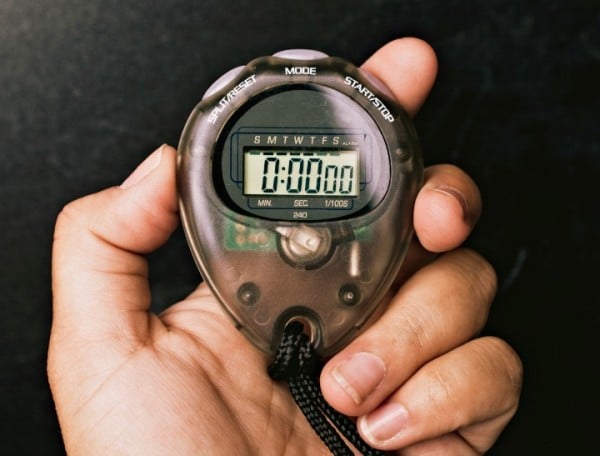
By Muireann Irish, Neuroscience Research Australia and Claire O’Callaghan, University of Cambridge
How did it get so late so soon?
It’s night before it’s afternoon.
December is here before it’s June.
My goodness how the time has flewn.
How did it get so late so soon?
– Dr Seuss
The passage of time is a puzzling thing. While few will dispute that a minute comprises 60 seconds, the perception of time can vary dramatically from person to person and from one situation to the next. Time can race, or it can drag interminably. On rare occasions, it feels as if it’s standing still.
The difference between “real” time, measured by clocks and calendars, and our own individual sense of time can sometimes seem enormous. This is because, in many ways, we are the architects of our sense of time.
Measuring time
Humans have created reliable instruments to measure time by using predictable repeating events that occur naturally, such as day turning to night or winter becoming spring. We think of these events in terms of days, weeks and years, and we use clocks and calendars to mark their passage.
But we also appear to possess an internal timepiece, which regulates our circadian (day/night) rhythms and allows us to register the duration of particular events. We use this “pacemaker” to compare the length of each new event with representations stored in memory. Effectively, we build up a knowledge bank of what a minute, an hour or a day feels like.































































































